In the realm of automotive protection, windshield damage insurance stands as a crucial safeguard against the unexpected. Whether it’s a pebble flying off a truck or a stray golf ball, windshield damage can occur in an instant, leaving you with a cracked or shattered windshield.
Navigating the insurance claims process for windshield damage can be daunting, but with the right knowledge and strategies, you can ensure a smooth and successful resolution.
This comprehensive guide delves into the intricacies of windshield damage insurance, empowering you with essential tips and insights. From understanding your policy and documenting the damage to filing a claim and negotiating a fair settlement, we’ll cover every step of the process.
Additionally, we’ll explore preventive measures to minimize the risk of windshield damage and address common concerns related to safety and legal implications.
Introduction
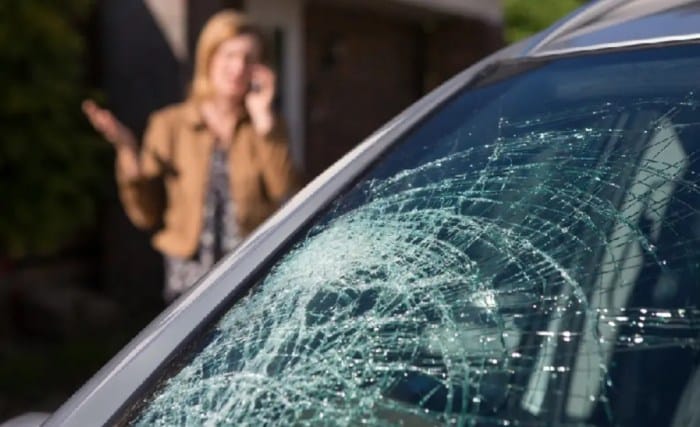
Windshield damage insurance coverage is essential for protecting your vehicle from unexpected expenses related to windshield repair or replacement. Common types of windshield damage covered by insurance include cracks, chips, and bullseyes caused by various factors such as rocks, debris, and road hazards.
Having comprehensive or collision insurance typically includes windshield damage coverage. It is important to check your policy and understand the specific terms and conditions, including any deductibles or limitations, to ensure you have adequate coverage for windshield damage.
Types of Windshield Damage Covered by Insurance
Insurance coverage for windshield damage generally includes the following types of damage:
- Cracks: Linear breaks in the windshield glass that can be caused by impacts from rocks, debris, or other objects.
- Chips: Small, localized damage to the windshield glass caused by impacts from small stones, gravel, or other debris.
- Bullseyes: Circular breaks in the windshield glass resulting from impacts with larger objects, such as rocks or golf balls.
- Stress Cracks: Cracks that develop due to temperature changes or manufacturing defects.
- Pitting: Small, shallow indentations on the windshield glass caused by sand, grit, or other abrasive materials.
Understanding Your Policy
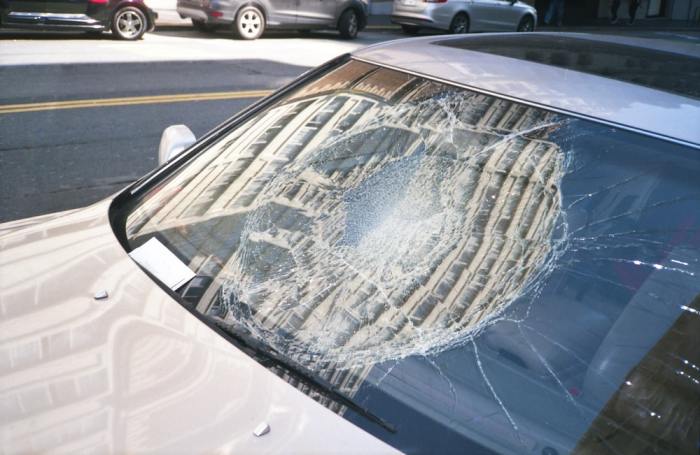
Navigating your windshield damage insurance policy can be daunting. Here’s a guide to help you decipher the terms and conditions effectively.
Before you file a claim, it’s essential to have a clear understanding of your insurance policy. Here are some tips for reading and comprehending your windshield damage insurance policy:
Key Terms and Conditions
- Policy Period: The duration of your coverage. Ensure you know the start and end dates.
- Deductible: The amount you pay out-of-pocket before your insurance coverage kicks in.
- Coverage Limits: The maximum amount your insurance company will pay for a windshield repair or replacement.
- Approved Repair Facilities: Some policies may require you to use specific repair facilities. Check if your policy has such a requirement.
- Claims Process: Understand the steps involved in filing a claim, including any forms or documentation required.
Exclusions and Limitations
Be aware of common exclusions and limitations in windshield damage insurance policies:
- Acts of Nature: Damage caused by natural events like hail, storms, or falling objects may not be covered.
- Wear and Tear: Gradual deterioration of your windshield due to normal use is typically not covered.
- Pre-existing Damage: Damage that existed before your policy took effect is usually excluded.
- Negligence: If the damage is a result of your negligence or willful misconduct, it may not be covered.
Documenting the Damage

When windshield damage occurs, it’s crucial to take prompt action to ensure a smooth insurance claim process. Immediate documentation of the damage is essential to support your claim and expedite the repair or replacement process.
Steps to Take Immediately
1. Assess the Damage
Pull over to a safe location, preferably off the road.
Inspect the windshield thoroughly for cracks, chips, or other damage.
2. Contact the Authorities (if necessary)
If the damage is extensive or caused by an accident, call the police to file a report.
Obtain a copy of the accident report, as it may be required by your insurance company.
3. Take Clear Photos
Use your smartphone or camera to take multiple photos of the damage from various angles.
Ensure the photos are well-lit and focused, capturing the extent and severity of the damage.
4. Gather Information
Record the date, time, and location of the incident.
Note the weather conditions at the time of the damage.
If possible, obtain contact information from any witnesses.
5. Contact Your Insurance Company
Notify your insurance company as soon as possible to initiate the claim process.
Provide them with the necessary details, including the photos and information you’ve gathered.
Filing a Claim
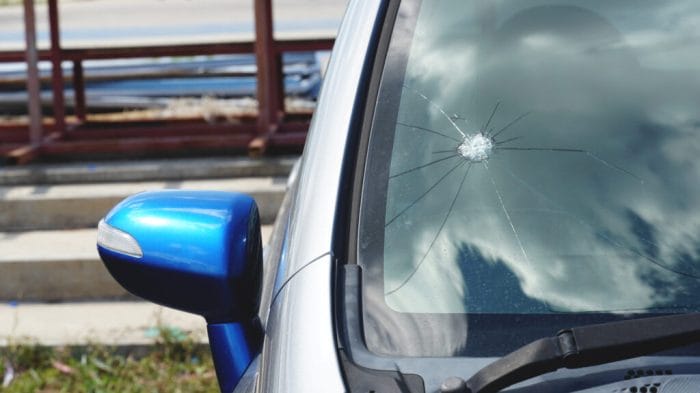
Filing a windshield damage insurance claim can be a daunting task, but with the right preparation and documentation, it can be a smooth and successful process. Here are the steps involved in filing a windshield damage insurance claim:
Contact your insurance company.
The first step is to contact your insurance company and inform them of the windshield damage. They will provide you with a claim form and instructions on how to proceed. Make sure to have your policy number and the details of the incident ready when you call.
Submitting the Claim Form
Fill out the claim form accurately and thoroughly.
The claim form will ask for information about the incident, such as the date and time of the damage, the location where it occurred, and the cause of the damage. Be sure to answer all questions honestly and completely. If you have any questions about the form, contact your insurance company for assistance.
Documenting the Damage
Take photos of the damage.
Take clear and detailed photos of the windshield damage from different angles. Be sure to capture the entire windshield, including the area around the damage. If possible, take photos of the object that caused the damage, such as a rock or a tree branch.
Obtain a repair estimate.
Get a repair estimate from a qualified auto glass repair shop. The estimate should include the cost of the new windshield, the labor costs for installation, and any other necessary repairs.
Submit the claim form and supporting documentation.
Once you have completed the claim form and gathered the necessary documentation, submit them to your insurance company. You can usually do this online, by mail, or in person at a local office.
Working with Your Insurance Company
Establishing open and effective communication with your insurance company is essential for a smooth and successful claim process. Here’s why it matters and how you can navigate potential challenges:
Clear Communication
Open communication is crucial for a seamless claim process. Ensure you clearly convey all relevant information to your insurance company, including details about the incident, damage assessment, and any supporting documentation. This helps them understand the situation accurately and expedite the claim process.
Resolving Disputes
In case of disputes or disagreements with the insurance company, remain calm and approach the situation rationally. Gather evidence to support your claim, such as photos, estimates, and receipts. Engage in respectful and professional communication, seeking a mutually agreeable solution.
Negotiating a Fair Settlement
Negotiating a fair settlement for windshield damage requires careful preparation. Research industry standards for windshield replacement costs in your area and document any additional expenses incurred due to the damage. Present your case with clarity and professionalism, emphasizing the impact on your daily life and the need for a just resolution.
Choosing a Repair or Replacement
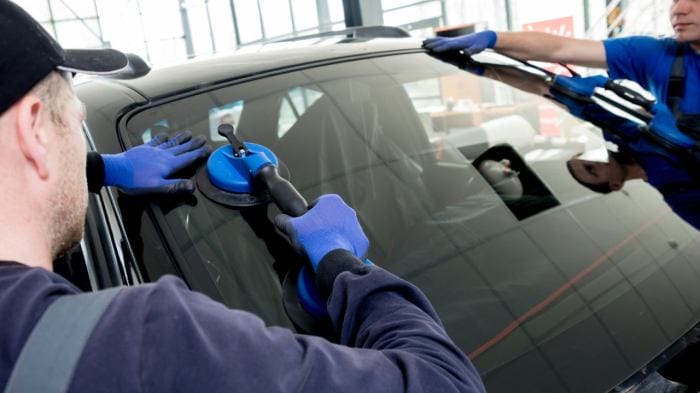
When faced with windshield damage, you must decide whether to repair or replace it. Several factors influence this decision, including the extent of the damage, the cost of the repair or replacement, and your insurance coverage.
Cost Considerations
The cost of repairing a windshield is typically lower than the cost of replacing it. However, the cost of repairs can vary depending on the severity of the damage. A small chip or crack may only cost a few hundred dollars to repair, while a large crack or a crack that obstructs the driver’s view may require a full replacement, which can cost upwards of $1,000.
Insurance Coverage
If you have comprehensive insurance coverage, your insurance company may cover the cost of repairing or replacing your windshield. However, you may have to pay a deductible, which is a set amount you must pay out of pocket before your insurance coverage kicks in.
Finding a Reputable Auto Glass Repair or Replacement Shop
Once you’ve decided whether to repair or replace your windshield, you must find a reputable auto glass repair or replacement shop. Here are a few tips for finding a reputable shop:
- Get recommendations from friends or family. If someone you know has recently had their windshield repaired or replaced, ask them for a recommendation.
- Read online reviews. There are many websites where you can read reviews of auto glass repair and replacement shops. This can be a great way to get an idea of the quality of work a shop does and the customer service you can expect.
- Get multiple quotes. Once you’ve found a few shops you’re interested in, get quotes from each one. This will help you compare prices and services.
Preventing Windshield Damage
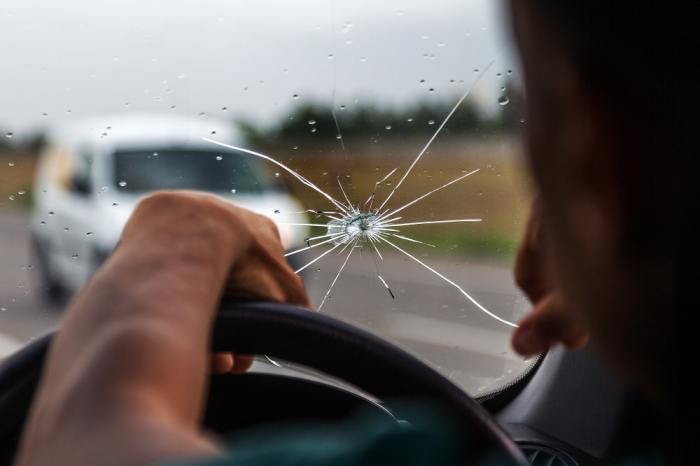
Windshield damage is a common and often costly problem for drivers. By taking some simple precautions, you can help prevent windshield damage and keep your car looking its best.
Regular maintenance and inspections are essential for preventing windshield damage. Have your windshield checked for chips, cracks, and other damage regularly. If you find any damage, have it repaired immediately to prevent it from spreading.
Common Driving Habits That Can Lead to Windshield Damage
- Tailgating: Driving too closely to the car in front of you can increase the risk of being hit by a rock or other debris that is kicked up by their tires.
- Speeding: Driving at high speeds can also increase the risk of being hit by a rock or other debris.
- Driving on Gravel Roads: Gravel roads are more likely to have rocks and other debris that can damage your windshield.
- Parking Under Trees: Parking under trees can increase the risk of your windshield being damaged by falling branches or acorns.
- Using Harsh Chemicals: Using harsh chemicals, such as window cleaners or degreasers, can damage your windshield.
Additional Considerations

Windshield damage can have far-reaching consequences beyond the immediate need for repair or replacement. Here are some additional factors to consider:
Impact on Vehicle Safety
A damaged windshield can compromise the structural integrity of your vehicle. It can weaken the roof and pillars, making the vehicle more vulnerable to collapse in a rollover accident. Additionally, a cracked or shattered windshield can obstruct the driver’s view, increasing the risk of accidents.
Impact on Resale Value
A damaged windshield can significantly reduce the resale value of your vehicle. Potential buyers may be hesitant to purchase a vehicle with a damaged windshield, as it can indicate a lack of care and maintenance. Repairing or replacing a damaged windshield before selling your vehicle can help you get a better price.
Legal Consequences
Driving with a damaged windshield can be illegal in some jurisdictions. Law enforcement officers may issue citations to drivers with cracked or shattered windshields that obstruct their view or pose a safety hazard. In some cases, drivers may even be charged with reckless driving.
Tips for Staying Safe
If you must drive with a damaged windshield, there are steps you can take to stay safe:
- Avoid driving at night or in inclement weather.
- Keep your speed low and be extra cautious when driving.
- Be aware of your surroundings and be prepared to react quickly to hazards.
- If possible, have the windshield repaired or replaced as soon as possible.
Case Studies
Learning from real-life experiences can provide valuable insights and guidance when navigating the process of claiming windshield damage insurance. These case studies offer a glimpse into the challenges faced by claimants and the strategies they employed to successfully resolve their claims.
One common challenge is gathering sufficient evidence to support the claim. In a case study, a claimant faced difficulty obtaining a police report for a windshield damaged by a rock thrown from a passing vehicle. To overcome this, they collected witness statements, photos of the damage, and a detailed account of the incident.
This comprehensive documentation helped them substantiate their claim and secure a successful outcome.
Tips for Learning from Others’ Experiences
- Review case studies to gain insights into common challenges and successful strategies.
- Seek advice from friends, family, or online forums to learn from their experiences.
- Contact your insurance company or an insurance professional for guidance specific to your situation.
Conclusion
In summary, windshield damage insurance coverage provides a valuable safeguard against the financial burden of windshield repairs or replacements. By understanding your policy, documenting the damage, filing a claim promptly, and working collaboratively with your insurance company, you can ensure a smooth and successful claims process.
Additionally, taking preventive measures, such as maintaining a safe following distance and avoiding extreme weather conditions, can help minimize the risk of windshield damage.
It is crucial to review your insurance policy regularly to ensure that you have adequate coverage for windshield damage. If you have any questions or concerns, don’t hesitate to contact your insurance provider for clarification. Remember, windshield damage insurance is an essential protection that can save you time, money, and hassle in the event of a windshield repair or replacement.
Last Word
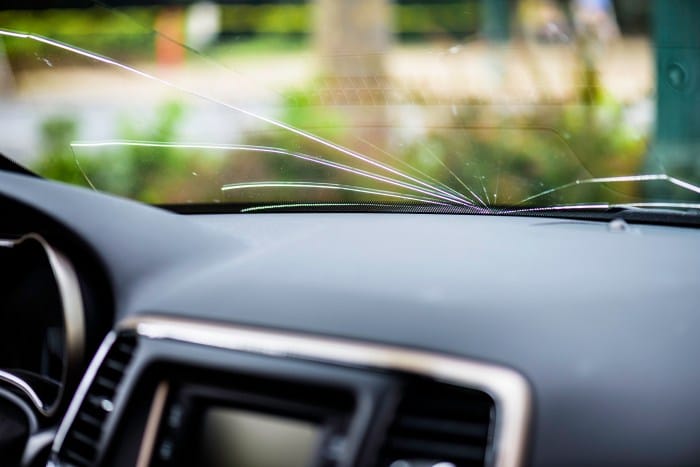
Remember, windshield damage insurance is an invaluable asset, providing peace of mind and financial protection against unforeseen events. By following the tips and strategies Artikeld in this guide, you’ll be well-equipped to navigate the insurance claims process confidently and effectively.
Take the necessary steps to safeguard your windshield and ensure a hassle-free claims experience should the need arise.
Frequently Asked Questions
Q: What are the common types of windshield damage covered by insurance?
A: Insurance typically covers various types of windshield damage, including cracks, chips, bullseyes, and stars. However, it’s essential to refer to your specific policy for a comprehensive list of covered damages.
Q: How can I document windshield damage effectively?
A: Immediately after the damage occurs, take clear and detailed photos of the damage from different angles. Additionally, gather information such as the date, time, and location of the incident, as well as contact information for any witnesses.
Q: What is the process for filing a windshield damage insurance claim?
A: Contact your insurance company as soon as possible to initiate the claims process. Provide them with the necessary information and documentation, including photos of the damage, a completed claim form, and any relevant receipts or estimates.
Q: How can I prevent windshield damage in the future?
A: Regular maintenance and inspections can help prevent windshield damage. Additionally, avoid driving too closely behind other vehicles, especially on gravel roads or in construction zones. Consider installing a protective film or coating on your windshield for added protection.



